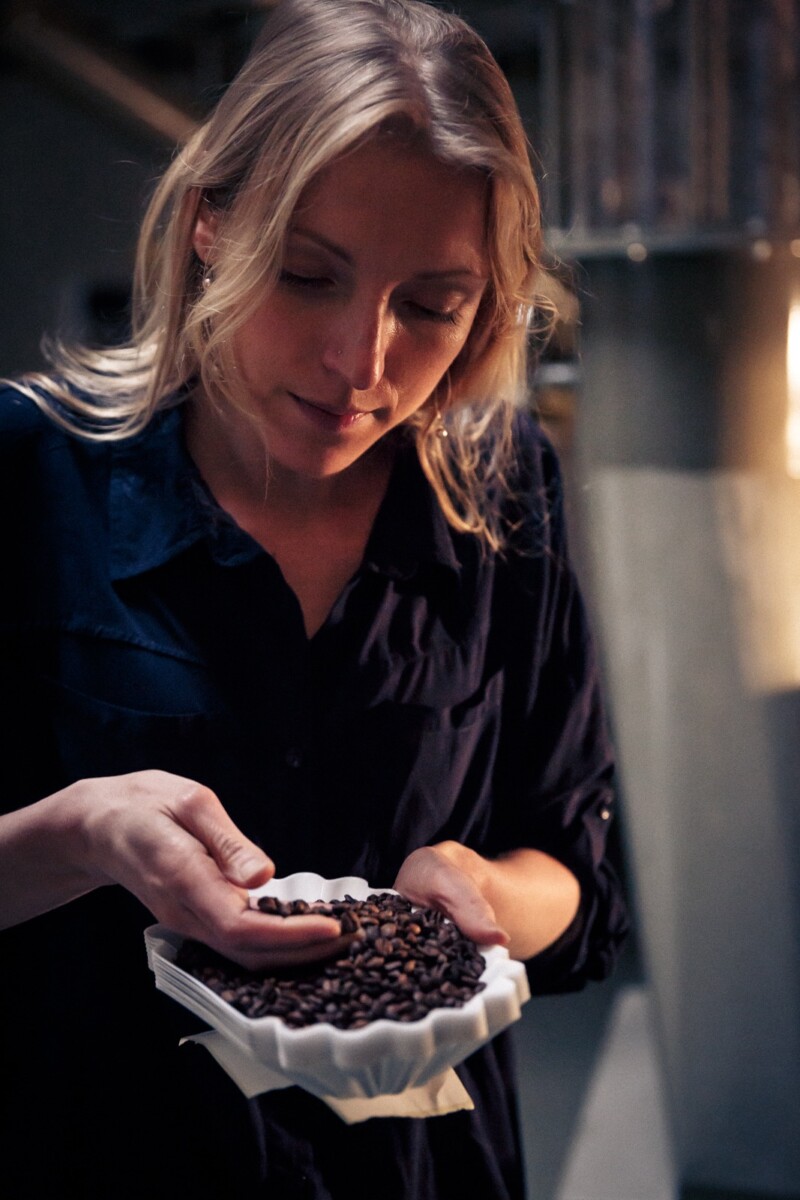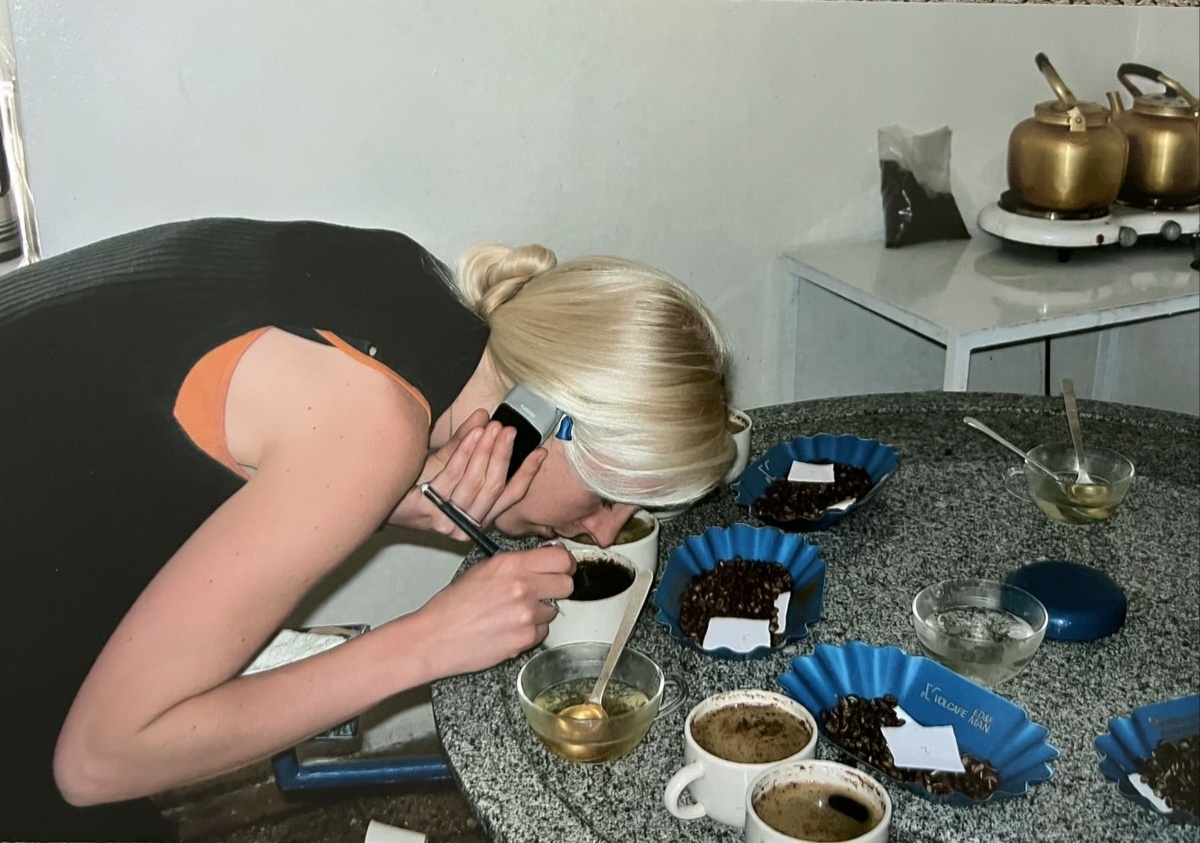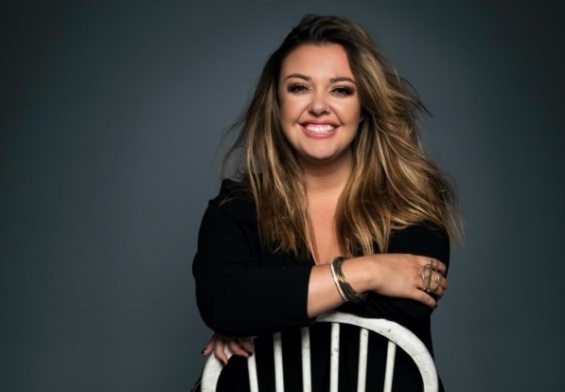How can you decide which coffee beans to choose when brewing coffee at home based on your personal taste preferences? We spoke to Genevieve Kappler – roasting technologist and Director of Coffee at Roasting Plant® – to find out the answer to this question and more.
How does one know which coffee beans to choose, based on personal taste preference?
I always recommend starting with freshly roasted coffee, within a week of roasting, for the fullest aromatic experience, the best flavour characteristics and maximum smoothness!
For consumers to choose the right coffee, they must first ask themselves the following questions that will help them define their priority and narrow down the incredibly wide choice out there.
Roast Level
Firstly – what roast level do you usually prefer? It’s like asking in wine tasting whether you prefer red, rose or white – this will help guide the choice.
The rule of thumb is the darker you go, the lower the perceived acidity but the higher the bitterness.
Generally, for espresso, we suggest the beans be a little bit more developed in their roast, and for drip and immersion preparations the choice can be as you wish (I’ll explain this in further detail later on).
Taste & Acidity
Next, it’s about going into the core of the coffee taste, from full bodied all the way to milder beans. The level of acidity is an important part of the taste as well – the higher the coffee is grown, which is dependent on the temperature of the given climate, the more acidity and flavour precursors the beans will have as the maturation time is greater. For coffee grown on a lower elevation, the opposite will be the case, which usually results in sweet, soft, nutty and toasted flavours, with lower acidity.
Processing
Then, there’s the processing. With all the experimental processing that’s taken place in the past few years it can be hard for consumers to keep up, but this is my condensed guide to understanding which processes lead to which flavours.
- Natural processing: this means more body, usually fruity and more concentrated in flavour with higher intensity
- Fully washed: this results in very clean and ‘bright’ flavours
- Honey and semi washed: black honeys mean more of a fruity flavour, with yellow honey resembling more of a washed coffee
- Anaerobic natural: this results in more of a sour taste, as you lose the terroir and the focus switches to strength in the fruity aromas and flavours
- Anaerobic washed: this is a touch milder but results in candy-like fruity aromas and flavours
- Wet hulled: this creates full bodied, spicy flavours, including notes of exotic wood wood with a fresh tobacco element. These can be very complex and imposing, like Roasting Plant’s Sumatran.

Which Roasting Plant coffee beans would you recommend, based on different kinds of preference (e.g. people who prefer stronger tastes, sweeter tastes, more nutty flavours etc)?
Again, it starts at the roast level. Often new customers will come looking for a dark, bold coffee, but at Roasting Plant rather than roasting dark, our philosophy is roasting in a way that highlights the terroir (preserving the delicate character of the origin where a bean comes from, with the floral, nutty fruity notes), but also bringing on the lovely caramel and chocolate flavours which come from the roasting itself.
We would often be referred to as medium roast or city to full city roast… but every bean has a profile roast developed especially for its character. For our recent addition of the Peru Capili, we wanted to preserve the floral and citrus front but bring on just enough of the chocolate notes to balance it out in a sweet indulging way.
For the Brazil, on the other hand, we kept a lighter level to highlight the nutty toffee like character. It’s a coffee that if over-roasted, would lose its nuttiness and become dry and bitter, which is the last thing we want to do at Roasting Plant – we’re all about bringing customers just-roasted coffee that is as fresh as it gets, and rather than being bitter is packed full of flavour and aroma.
Being able to guide our customers to pick what is right for them is very important to us at Roasting Plant, so we start by breaking coffee down into “structure“, based on the following three general categories:
- Full Bodied and bold: Sumatra, Uganda, Roasting Plant Blend
- Mild and sweet: Mexico, Colombia, Brazlilan, Peru
- Bright and balanced: Ethiopian and Guatemalan
From there, we can narrow down further based on the flavour notes. Each of our blends has an in depth description to make clear the individual flavour preferences for our customers, and our in-store team helps every customer discover the exciting spectrum of flavours our specialty beans have to offer.
In store, customers can also mix up to four single origins to create their own personal blend, so their coffee experience is exactly how they like it best.
If you define yourself as somebody who isn’t a big fan of the taste of coffee and find yourself hiding the taste by milk and syrups, you should try out a roaster like Roasting Plant Coffee that takes quality very seriously – as this is what will provide the best flavours. We source the highest quality beans from around the world to deliver the best expression of the terroir they come from, which means our beans are never bitter – which is the ‘off taste’ that can make people feel they dislike coffee, when in reality they just aren’t consuming high enough quality coffee.
We’re the only coffee chain to roast beans in every store, every day and for every online order, so thanks to our very own Javabot™ Coffee System, our coffee is always just-roasted and as fresh and flavourful as it gets, whilst being roasted precisely according to the tailored profile for each and every bean. Micro-batch roasting for online orders as well as in our cafes ensures that our beans arrive fast with optimal freshness, so if you don’t have access to a coffee shop that roasts in-store, beans ordered on https://roastingplant.co.uk/ are roasted and shipped within 72 hours to get the freshly roasted coffee at home.
What’s better to buy for making coffee at home – ground or whole bean coffee?
Buying fresh, just-roasted, whole bean coffee is always the better option. Approximately 10 days after roasting, coffee can lose 70% of its aromas, which leads to the coffee becoming stale and vapid. Beyond this time, exposure to oxygen turns the natural oils rancid and creates that bitter taste, so we’d always recommend purchasing just-roasted coffee and consuming it within 7-10 days for optimal flavour.
The reason whole beans are better, is that they trap the CO2 and aromas inside, so the moment you grind, you create millions of pathways for the trapped gases and aromas to escape, launching the staling process. Sealing all of the precious gas in (or as much of it as possible) until the last moment of grinding before you make your coffee is critical, in order to make a lush and creamy crema, which seals in the all important aromas and flavours of the espresso.
Based on this, it’s safe to say that a vast majority of pre-ground coffee has already become vapid , so save yourself the trouble of drinking poor tasting coffee by buying whole beans and trying out Roasting Plant (we promise you won’t regret it).
How can you make the perfect cup of coffee at home?
Once customers pick their favourite coffee beans, the next step is knowing how to make the perfect cup of coffee at home.
Again, it goes back to the all-important fresh roasted coffee beans – just-roasted high quality beans if you want to make the perfect cup of coffee. Once you have your coffee, make sure it’s stored in dry, dark and airtight conditions to keep it at its best.
For a good cup of your fresh, just-roasted coffee from well-stored beans, it’s important to have the gear to extract them properly – I personally love manual grinders. For those who would rather leave it to tech, there are plenty of electric grinders out there, but it’s best to opt for a higher quality grinder rather than getting the cheapest option to make sure it lasts and does the best job possible.
If, like me, you like changing your way of preparing coffee every day, for hot coffee you can try filter style – there are endless preparation method options out there, especially with paper filters. They will elegantly make a more pristine cup of coffee, by removing any type of sediment and retaining more of the oils – they bring out vibrancy, highlighting the brighter aromatics.
Using a Chemex, for example whilst using the Ethiopian origin, will elevate its sweet, tropical fruit and delicate floral flavours. Using a Kalita for Guatemala or Peru will create a more citric, bright and refreshing result, and the sweet and floral Mexican origin in a v60 is a must try.
I personally like my natural processed coffees like our Ugandan Rwenzori, our Sumatran wet hulled and any deeply chocolaty, caramelly and spicy coffees that may have fuller body to be prepared in a french press that will have more rich, deep, heavier mouthfeel.
About the expert
Genevieve Kappler is a renowned coffee technologist and Roasting Plant’s Director of Coffee. Genevieve had a background in studying wine before she switched to the coffee industry, where her first roles included working in Paris for a coffee trader, travelling to Guatemala to learn more about the trade and moving to New York City, where she became a ‘specialty green buyer’ and worldwide ‘coffee technologist’. Genevieve has now worked in the coffee business for over 20 years, with a vast wealth of knowledge built from working for 58 companies in 34 countries.

Roasting Plant® was born in the US and now has five London stores – Selfridges, South Molton St, Borough High St, The Strand & High Holborn. The brand aims to be in 300 locations within the next five years. In a recent blind taste-test in store, 100% of customers chose Roasting Plant coffee on taste alone versus other high-street brands. Roasting Plant® Coffee is redefining ‘fresh coffee’ by micro-batch roasting in every café. Every cup ordered in every Roasting Plant Coffee café is brewed to order within 60 seconds. Whole, freshly roasted beans are freshly ground, brewed, prepared to order and ready to enjoy, one cup at a time. Roasting Plant® Coffee offers a choice of up to 8 single origins, sourced and purchased directly from farms across the world from Jamaica to Ethiopia to Sumatra. You choose a cup of coffee or espresso made from any one of those beans, a suggested blend or from a personal blend made from up to four beans. Coffee has never been this personal before.
For tips on French Press, V60 and Aeropress, Roasting Plant has handy guides on their website at roastingplant.co.uk


